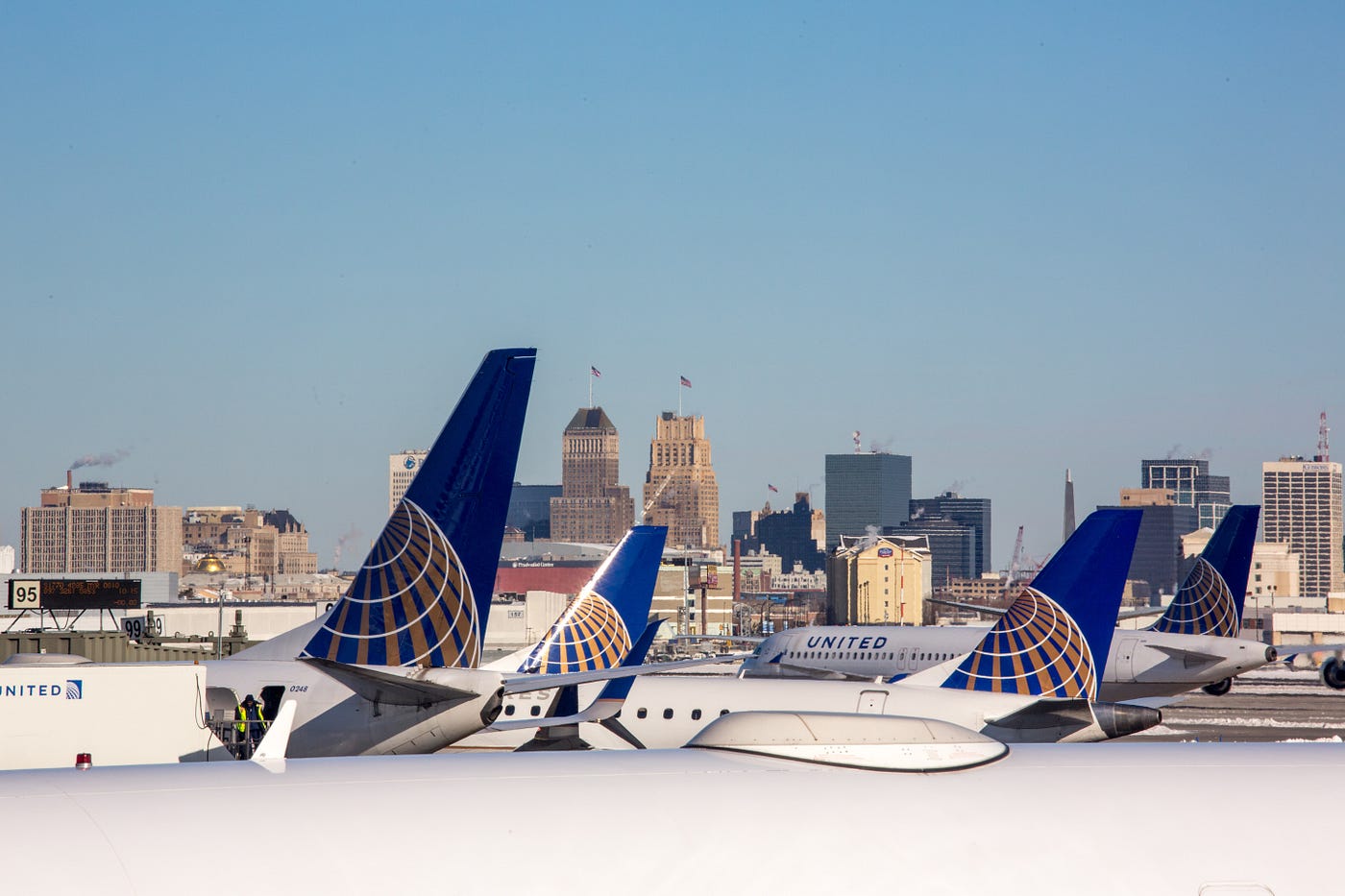
Ever wondered how airlines decide which cities become their major hubs? Airline hub optimization is a fascinating blend of strategy, economics, and logistics. Airlines carefully select hub locations to maximize efficiency, reduce costs, and improve passenger convenience. These hubs act as central points where flights converge, allowing for smoother connections and more flight options. By understanding the factors behind hub selection, you can gain insight into why your favorite airline might favor certain cities over others. From geographical advantages to economic incentives, the reasons are as varied as they are intriguing. Let's dive into 17 key facts about how airlines optimize their hubs!
Key Takeaways:
- Airline hub optimization helps airlines save money, offer more convenient flights, and improve passenger experience by centralizing operations at key airports.
- Airlines choose hubs based on location, passenger demand, and airport facilities to efficiently serve a large number of destinations and attract more passengers.
What is Airline Hub Optimization?
Airline hub optimization is a strategy airlines use to maximize efficiency, reduce costs, and improve passenger experience. By centralizing operations at key airports, airlines can streamline routes, manage resources better, and offer more convenient connections.
-
Centralized Operations: Airlines focus on a few major airports, known as hubs, to centralize their operations. This allows for better coordination and resource management.
-
Increased Connectivity: Hubs enable airlines to offer more connecting flights, making it easier for passengers to reach their destinations with fewer layovers.
-
Cost Efficiency: By concentrating flights at specific hubs, airlines can reduce operational costs, such as fuel and staffing, leading to lower ticket prices for passengers.
How Do Airlines Choose Their Hubs?
Selecting the right hub is crucial for an airline's success. Factors like location, passenger demand, and airport facilities play a significant role in this decision.
-
Geographical Location: Airlines choose hubs that are strategically located to serve a large number of destinations efficiently. For example, Atlanta's Hartsfield-Jackson Airport is a major hub due to its central location in the U.S.
-
Passenger Demand: High passenger demand in a region can make it an ideal hub. Airports in densely populated areas or popular tourist destinations often become hubs.
-
Airport Facilities: Modern, well-equipped airports with ample runways, gates, and amenities are preferred as hubs. These facilities help in handling large volumes of passengers and flights smoothly.
Benefits of Airline Hub Optimization
Optimizing hubs offers numerous advantages to both airlines and passengers. These benefits range from improved flight schedules to enhanced customer satisfaction.
-
Improved Flight Schedules: Airlines can offer more frequent flights and better-timed connections, making travel more convenient for passengers.
-
Enhanced Customer Experience: With more efficient operations, airlines can provide better services, such as shorter layovers and quicker baggage handling.
-
Increased Revenue: By optimizing hubs, airlines can attract more passengers, leading to higher ticket sales and increased revenue.
Challenges in Airline Hub Optimization
Despite its benefits, hub optimization comes with its own set of challenges. Airlines must navigate these obstacles to maintain efficient operations.
-
Congestion: Hubs can become overcrowded, leading to delays and longer wait times for passengers. Managing congestion is a constant challenge for airlines.
-
Weather Disruptions: Bad weather at a hub can cause widespread delays and cancellations, affecting flights across the network.
-
Operational Costs: While hubs can reduce some costs, they also require significant investment in infrastructure and staffing.
Examples of Successful Airline Hubs
Several airlines have successfully optimized their hubs, setting examples for others to follow. These hubs demonstrate the potential benefits of effective hub management.
-
Delta Air Lines – Atlanta: Delta's hub at Hartsfield-Jackson Atlanta International Airport is one of the busiest in the world, offering numerous domestic and international connections.
-
Emirates – Dubai: Emirates has turned Dubai International Airport into a major global hub, connecting passengers from all over the world through its extensive network.
-
Singapore Airlines – Changi: Singapore Airlines' hub at Changi Airport is renowned for its efficiency and passenger amenities, making it a preferred transit point for travelers.
Future Trends in Airline Hub Optimization
As the aviation industry evolves, new trends and technologies are shaping the future of hub optimization. Airlines must adapt to stay competitive.
-
Artificial Intelligence: AI is being used to predict passenger demand, optimize flight schedules, and manage resources more efficiently.
-
Sustainability Initiatives: Airlines are increasingly focusing on sustainability, implementing eco-friendly practices at their hubs to reduce their environmental impact.
The Final Word on Airline Hub Optimization
Airline hub optimization is a game-changer. It helps airlines maximize efficiency, reduce costs, and improve passenger experiences. By strategically placing hubs, airlines can offer more direct flights, reduce layover times, and streamline operations. This not only benefits the airlines but also the passengers who get to enjoy smoother, quicker journeys.
Understanding how airlines choose and optimize their hubs gives us a peek into the complex world of air travel logistics. It’s fascinating to see how data, technology, and strategic planning come together to create a seamless travel experience.
Next time you’re breezing through a major airport, remember the intricate planning behind it. From reducing fuel consumption to increasing flight options, hub optimization is a crucial part of modern aviation. It’s all about making air travel more efficient and enjoyable for everyone involved.
Frequently Asked Questions
Was this page helpful?
Our commitment to delivering trustworthy and engaging content is at the heart of what we do. Each fact on our site is contributed by real users like you, bringing a wealth of diverse insights and information. To ensure the highest standards of accuracy and reliability, our dedicated editors meticulously review each submission. This process guarantees that the facts we share are not only fascinating but also credible. Trust in our commitment to quality and authenticity as you explore and learn with us.


